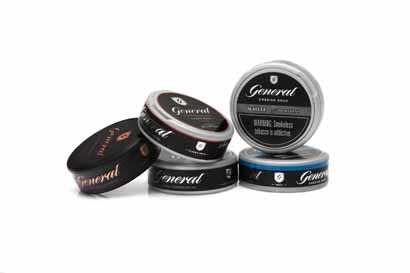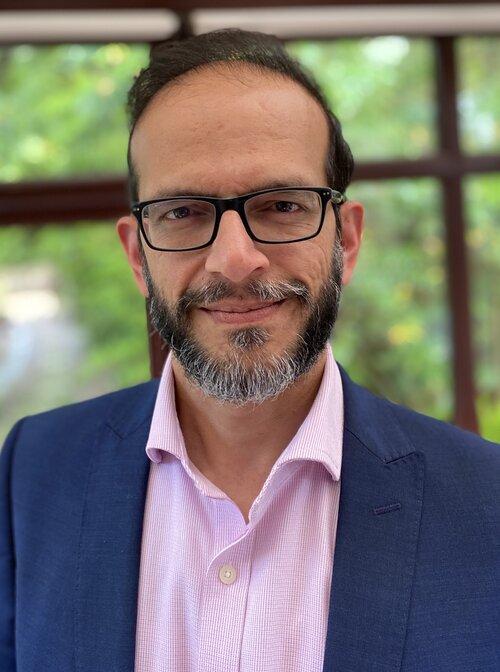Nicotine Misperception: The Likely Origin Story
There is an unprocessed wrong belief that most health experts and lay people have come to harbor: tobacco = nicotine = cancer. Toxicants, including carcinogens, are delivered during consumption of most tobacco products: from the smoke due to combustion of tobacco in the case of cigarettes/cigars/cigarillos and bidis, or added/formed in the manufacturing and storage of Asian and African oral tobacco products, e.g., chemicals, slaked lime, areca nut-specific nitrosamines and tobacco-specific nitrosamines (TSNAs).
The exception to these is Swedish-style pouched smokeless tobacco (snus). Through decades of evolving manufacturing standards and innovation, concentrations of carcinogens such as TSNAs and other toxicants in Swedish-style snus have been engineered to be minimal. The population level effects of the “Swedish experience” with snus in enabling a transition to a smokefree nation with the attending lowest male lung cancer rates in the EU, are the darling of tobacco harm reduction advocates. However, the use and harm profile of south Asian and African smokeless tobacco products is often not mentioned when championing snus (and therefore smokeless tobacco) as harm reduction. This can only add to the distrust of the industry and tobacco harm reduction advocates by the public health community.
In the absence of a curriculum that does not specifically distinguish nicotine’s psychoactive properties and dependence-causing potential from the toxicants formed or present in smoked or most smokeless tobacco products, healthcare professionals may easily conflate the tobacco products’ harms with nicotine.
Furthermore, their experience with patients from south Asia and Africa makes it logical for them to unconsciously do so. There are already lazy parallels with other widely prevalent addictions afflicting the world: e.g., alcohol. The nuance, however, is lost, that unlike nicotine, ethanol is the psychoactive component as well as the chemical that harms the liver and brain cells.
Lay media add to the confusion. Globally, tobacco control slogans and campaigns have run for decades now, most often using simple one-liner messages against nicotine. There was no need or place for nuance for those wanting to rid the world of the indirect harms of nicotine. It could even be justifiable for some to do so to achieve their utopian prize of a tobacco-free society (not to be confused with a society free from the harms of tobacco, a worthy goal).
The problem arises when nicotine, the very chemical that is vilified in the prevalent anti-tobacco narrative, when delivered in clean systems is recognized as a key solution for the 1.3 billion users of risky smoked and smokeless tobacco products. E.g., the World Health Organization has NRT on its model essential medicines list for treating tobacco dependence.
Nicotine: An Orphan Drug
Eighty percent of the world’s users of risky tobacco products, nearly 900 million people, live in low-income and middle-income countries (LMICs). Most of them do not have access to affordable and appealing safer forms of nicotine-replacement products, including NRT. A majority of healthcare professionals in those countries wrongly believe that nicotine in tobacco products causes cancer. In these countries, tobacco cessation treatments are either unavailable or delivered by healthcare professionals who are not trained in the art and science of nicotine replacement and behavioral interventions.
For too long, pharma and tobacco companies have shied away from owning nicotine, with pharma perhaps worried about the optics of selling a psychoactive substance with such global harms, albeit due to the dirty delivery system it is currently sold in. Tobacco companies care about their own brand and product and may prioritize brand building over broader product-agnostic market conditioning about nicotine. The result is that a large swathe of countries that lack the sophistication or the academic rigor and experience of the U.K.’s tobacco control community or the U.S.’ Food and Drug Administration find themselves accepting hand-me-down anti-tobacco-harm-reduction rhetoric.
Light at the End of the Tunnel?
A rush to launch new nicotine products globally without adequate disentanglement between tobacco and nicotine education will only lead to more knee-jerk reactions and bans. That shall slow down any ambition to make the world smoke-free, or to be more precise, free from risky tobacco products. Achieving nicotine literacy through education and practice may be the much-needed game changer. In theory, most countries, including LMICs, have NRT on their national essential medicines list.
That does not necessarily translate into actual availability and affordability for cessation. Anyone truly invested in tobacco harm reduction should recognize that much groundwork needs to be laid first to get the new generation of healthcare students and future practitioners to be nicotine confident—starting with NRT. Tobacco cessation, underpinned by tobacco harm reduction principles, should be taught, practiced and experienced in LMICs through well-regulated healthcare ventures and partnerships.
Consumers, healthcare practitioners and governments first need to see the success with cessation using conventional NRTs but also recognize the need for a wider choice of safer nicotine alternatives to wean off the 1.3 billion current tobacco users. Only then will the conditions be ripe for companies to responsibly market their nicotine innovations to adult tobacco users in such markets.



















